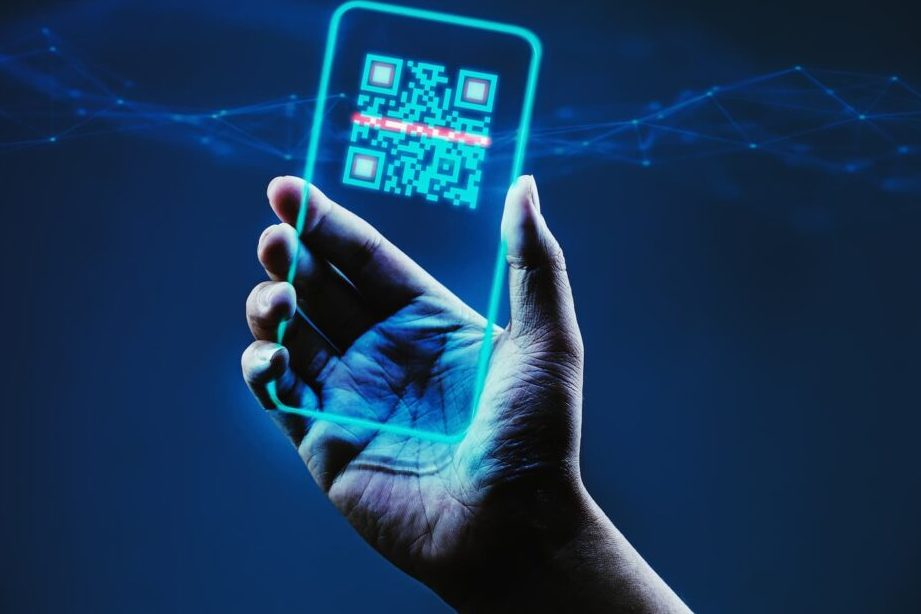Quick, Scan and Connect – that’s what QR codes are all about. These two-dimensional barcodes have revolutionized the way people connect with businesses and products. In a world that’s increasingly digital, QR codes have become an essential marketing and advertising tool, providing an instant and easy way for consumers to access product information and offers.
Did you know that QR codes were first invented in Japan in the mid-1990s for tracking automotive parts during the manufacturing process? Since then, they have come a long way and have become a ubiquitous feature of modern life. Here are some more interesting facts about QR codes that you might not know:
All in all, QR codes have transformed the way businesses communicate with consumers. As technology continues to evolve, we are likely to see more innovative and creative uses of these fantastic little codes. So, next time you run into a QR code, just scan and connect!
Understanding QR Codes
A QR code or Quick Response code is a type of two-dimensional barcode that was first developed in Japan in 1994. QR codes can be read using a smartphone camera or a QR code scanner to provide access to digital content, such as websites, videos, social media pages, coupons, and much more. It is a time-saving way to access relevant information, as it eliminates the need to type in lengthy URLs and other details manually.
Unlike traditional barcodes, which encode information in a sequence of vertical lines, QR codes consist of a square shape that has been divided into smaller blocks with black and white pixels that can store a significant amount of information. QR codes can hold up to 7,089 characters, making them ideal for storing complex data in a small space.
The Origin of QR Codes
QR codes were first created in 1994 by a Japanese company called Denso Wave, a subsidiary of Toyota, as a response to the need for more efficient tracking and inventory management in their vehicle production process. Initially, the codes were only used for tracking parts in logistics, but over time, they became more popular, and businesses started using them for marketing purposes as well.
QR codes were invented by a Japanese engineer named Masahiro Hara, who wanted to create a code that could contain more information than traditional barcodes. He also wanted the code to be readable in any orientation and accessible to a broader range of devices.
QR Codes vs. Barcodes: What’s the Difference?
While both barcodes and QR codes serve the same purpose of identifying products and providing access to information, they differ significantly in terms of design and the amount of information they can store.
Barcodes are used to store a limited amount of information, typically a unique identifier or product number. They can be read by a laser scanner, but they cannot be read by smartphones or QR code scanners.
QR codes, on the other hand, can store a much larger amount of information, including URLs, texts, images, and much more. QR codes are read using a smartphone camera or a QR code scanner, and they can be scanned from any angle, making them more versatile than traditional barcodes.
How do QR Codes Work?
QR codes consist of a square shape divided into smaller blocks with black and white pixels. The code is designed to be readable by a smartphone camera or a QR code scanner. When the code is scanned, the camera or scanner reads the pattern of black and white pixels and converts it into a string of characters that can be used to access digital content, such as a website or a social media page.
To create a QR code, a user needs to use a QR code generator, which can be found online for free. The generator allows the user to input the information they want to encode and creates a QR code that can be downloaded and printed. The code can then be displayed on a website, poster, brochure, or any other marketing material.
Why are QR Codes Important?
QR codes have become increasingly popular in recent years due to their ability to store large amounts of information and provide easy access to digital content. They are widely used in marketing campaigns, inventory management, social media, and much more.
QR codes also offer a more interactive and engaging way for businesses to connect with customers. A QR code can be used to provide access to exclusive offers, loyalty programs, or targeted promotions. Companies can also use QR codes to gather feedback, conduct surveys, and provide customer support.
Advantages and Disadvantages of QR Codes
QR codes offer several advantages over traditional barcodes, including:
- Ability to store large amounts of information
- Readability from any angle
- Compatibility with smartphones and QR code scanners
- Easy to create and customize
- Interactive and engaging for customers
However, QR codes also have some disadvantages, including:
- Requires an internet connection to access digital content
- May not be widely recognized by all customers
- May be ineffective if not used in the right context
- Can be copied or manipulated to redirect to malicious websites
Scanning QR Codes: Tips and Best Practices
Scanning a QR code is easy, but there are some best practices to follow to ensure a smooth experience:
- Ensure that your smartphone camera or QR code scanner is working correctly
- Place the QR code in a well-lit area and clear of any obstructions
- Hold the camera or scanner steady and at the right distance from the code
- Wait until the code is fully in focus before scanning
- Ensure that you are connected to the internet to access the digital content
Following these tips can help ensure that scanning QR codes is a hassle-free experience and that customers are more likely to engage with the content provided.





